Supporting Agricultural Resilience in Connecticut and Beyond
Agriculture is the backbone of our communities, and its resilience is vital to food security, economic stability, and environmental health. At UConn Extension, through the Extension Disaster Education Network (EDEN), we provide science-based resources, training, and support to help farmers, producers, and agricultural professionals prepare for, respond to, and recover from natural disasters and emergencies.
Whether facing extreme weather, plant and animal disease outbreaks, or disruptions to supply chains, our goal is to strengthen the capacity of Connecticut’s agricultural sector to adapt and thrive. We collaborate with local, state, and national partners to deliver timely information and practical tools that safeguard livelihoods and promote long-term sustainability.
Explore our resources to learn how you can build resilience into your farm or agricultural operation.
Contact a team member for more information on any of these topics, and visit the flooding and hurricanes page for those resources.
Resources - All Farms
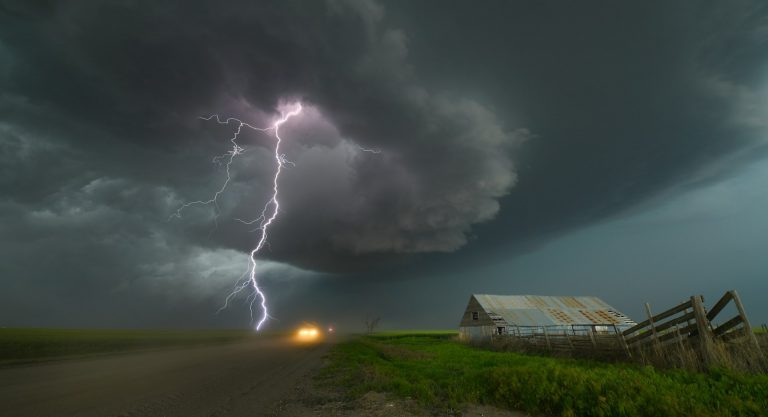
Preparing Farm Operations for Extreme Weather: General Strategies for Producers
Extreme weather events and seasonal changes can pose risk for farm operations. Preparing for extreme weather can help mitigate impacts on farm workers, infrastructure, crops, and animals.
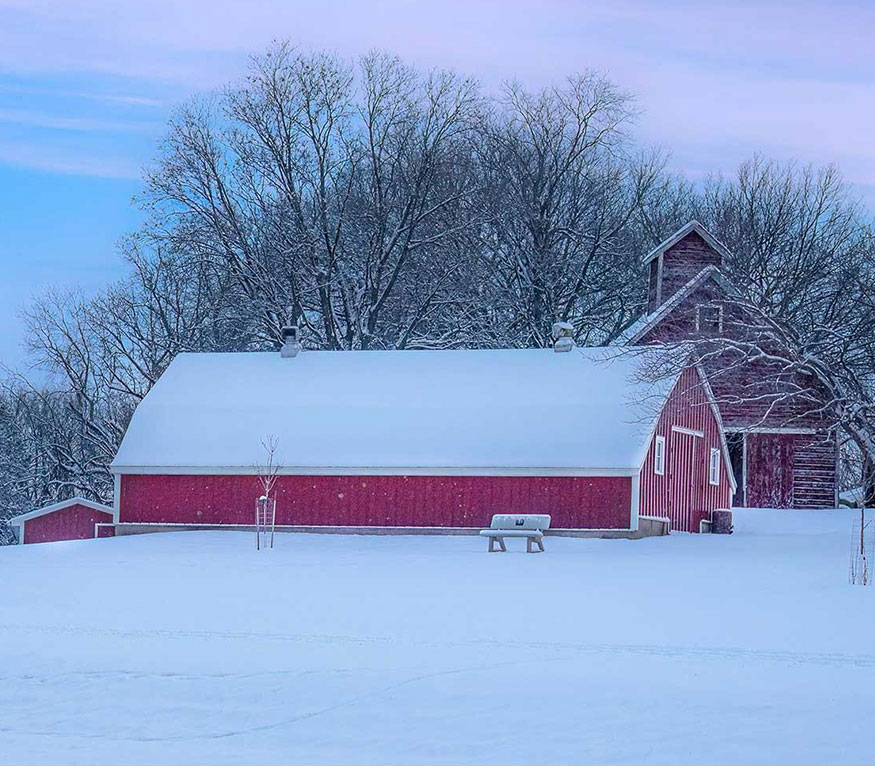
Preparing Farm Operations for Extreme Fall and Winter Weather
Fall and winter weather events, such as frosts, freezes, and ice storms can create challenges for farm operations. Agricultural producers can prepare themselves and their farms, taking actions to minimize losses.
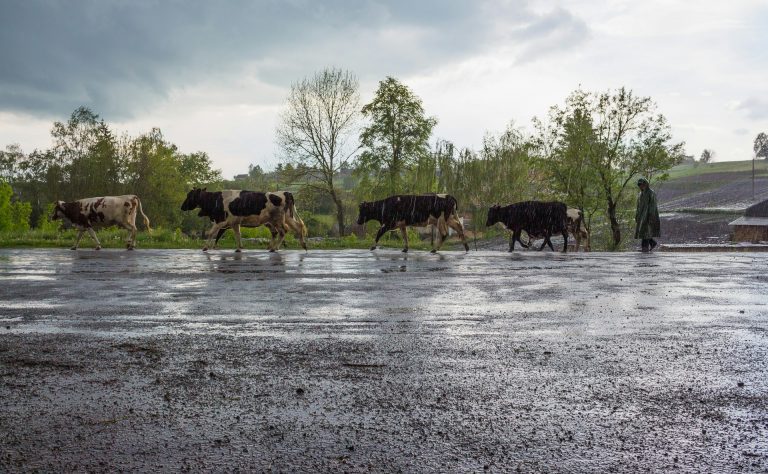
Preparing Farm Operations for Extreme Summer Weather
Summer can bring extreme weather events, such as drought, hurricanes, and flooding. These, as well as seasonal changes, can pose risks for farm operations. Time spent on preparation early can mean time saved during extreme weather.

Managing Flood Risks on Farms
Fruit and vegetable growers in flood-prone regions need to manage flood risks. There are strategies to prepare for, respond to, and recover from flooding events, including actions to take, when to implement them, how to execute them, and why they are essential.
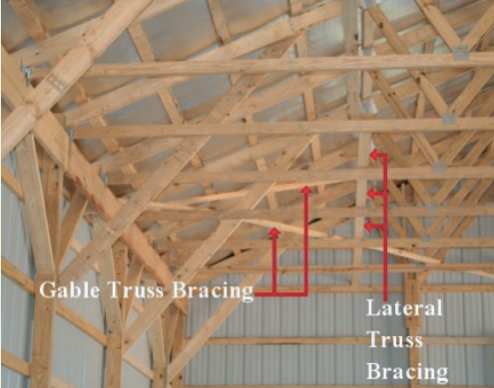
Reducing Storm Damage to Your Barn
Buildings need to provide a safe environment for workers and animals. Historically, agricultural buildings were considered of “low importance,” so structural load reductions of roughly 20 percent may have been applied in the design. If there were no engineered building prints or structural inspections, the owner assumed responsibility for building design.
Storm Preparedness Series: Reducing Storm Damage to Your Barn Fact Sheet

Brush Fires in Connecticut: Be Aware, Be Prepared
In many parts of Connecticut stretches of warm, breezy weather with little rainfall can be the norm. While these conditions may seem typical and easy to take for granted in daily routines, they can become especially concerning during the spring season (before leaves have fully emerged), as well as during the autumn months (as dry leaves fall and accumulate). Drying leaves create a blanket of combustible material across landscapes. The combination of dry fuels and windy conditions increases the risk of forest and brush fires in both rural and suburban areas. Similar dry conditions are uncommon but possible during other months and can also lead to brush fires.
Resources - Fruits, Vegetables, and Other Crops
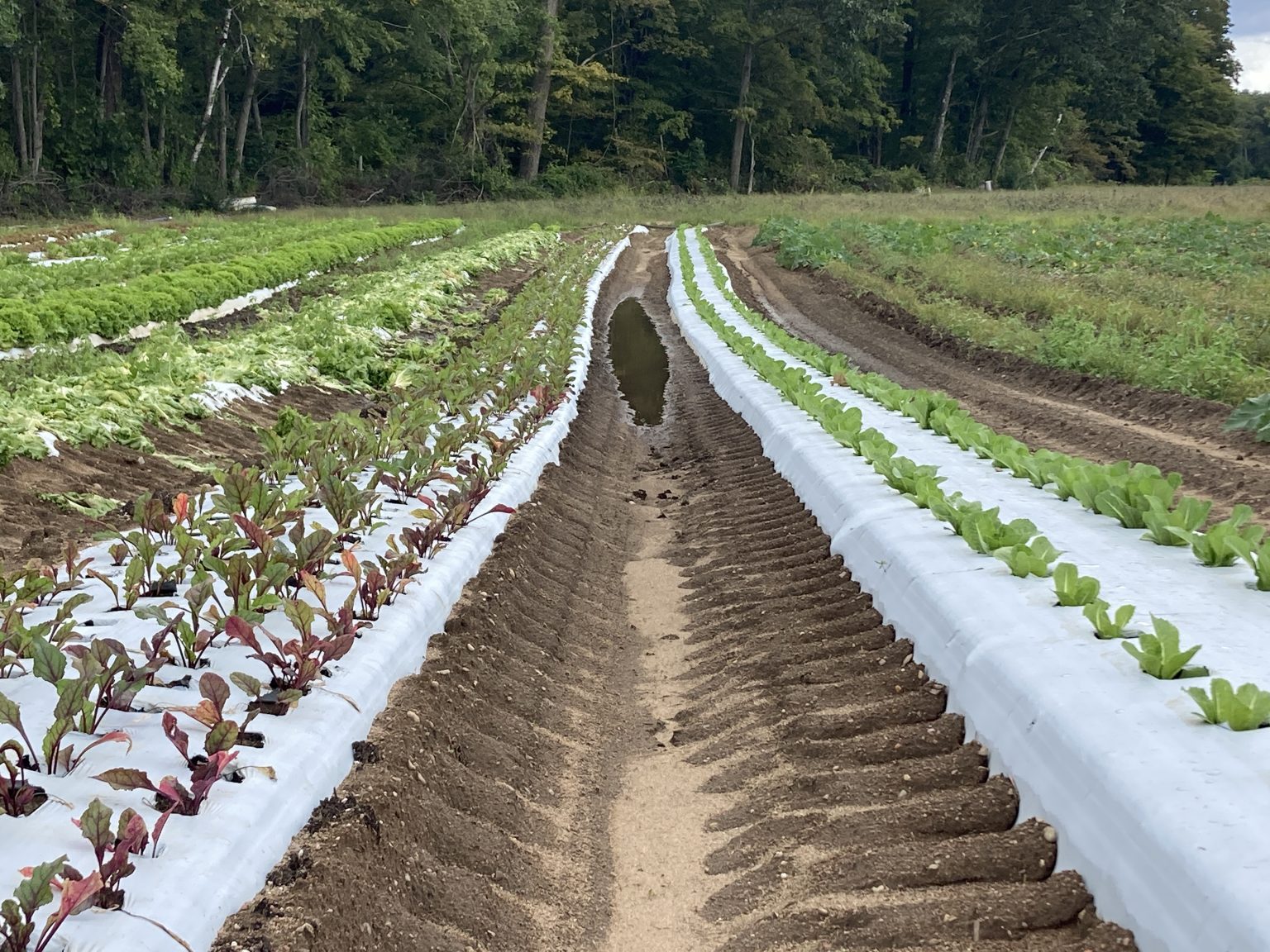
Flood Food Safety for Fruit and Vegetable Farmers
Flooding on fruit and vegetable farms introduces contaminants and new food safety challenges. This quick guide covers the types of flooding, sources of contamination, guidelines, preventative measures, and recommendations for farmers.
Quick Guide to Flood Food Safety for Fruit and Vegetable Farmers
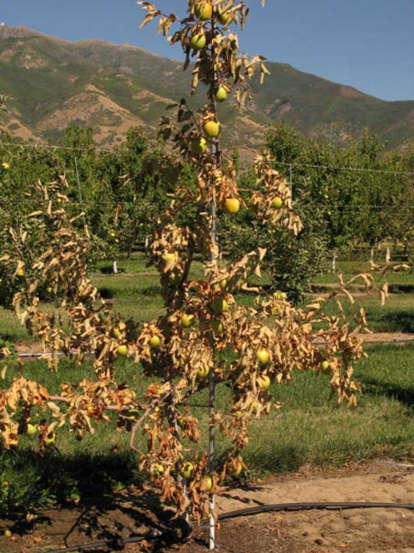
Rainfall and Root Rots in Commercial Fruit Operations
In orchards, excessive rainfall can lead to oversaturated soils, flooding, and standing water. As a result, observations of plant disease caused by soilborne pathogens often coincide.

Understanding Spring Frosts: Critical Temperatures, Freeze Injury, and Frost Protection in Connecticut Orchards
Late spring frosts remain one of the most concerning and devastating weather events for fruit producers in the Northeast. With a shifting climate and increasing weather instability, it is important to know what factors influence spring frosts.
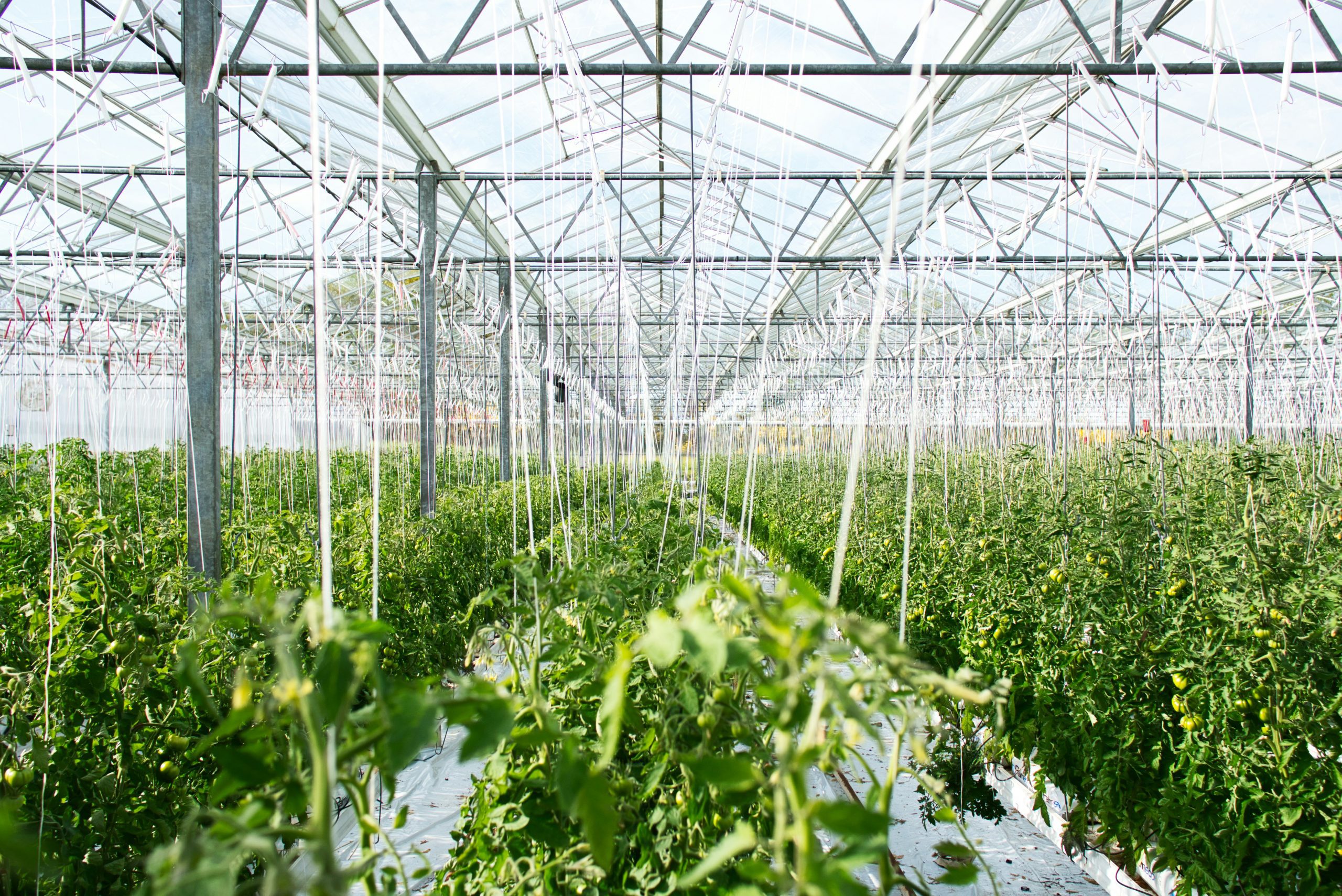
Preparing Your Greenhouse for Weather Events
Nature seems to be getting more violent in recent years with increased hurricanes and record-breaking storms. The International Building Code has revised upward its wind and snow loading requirements fro some areas of the country.
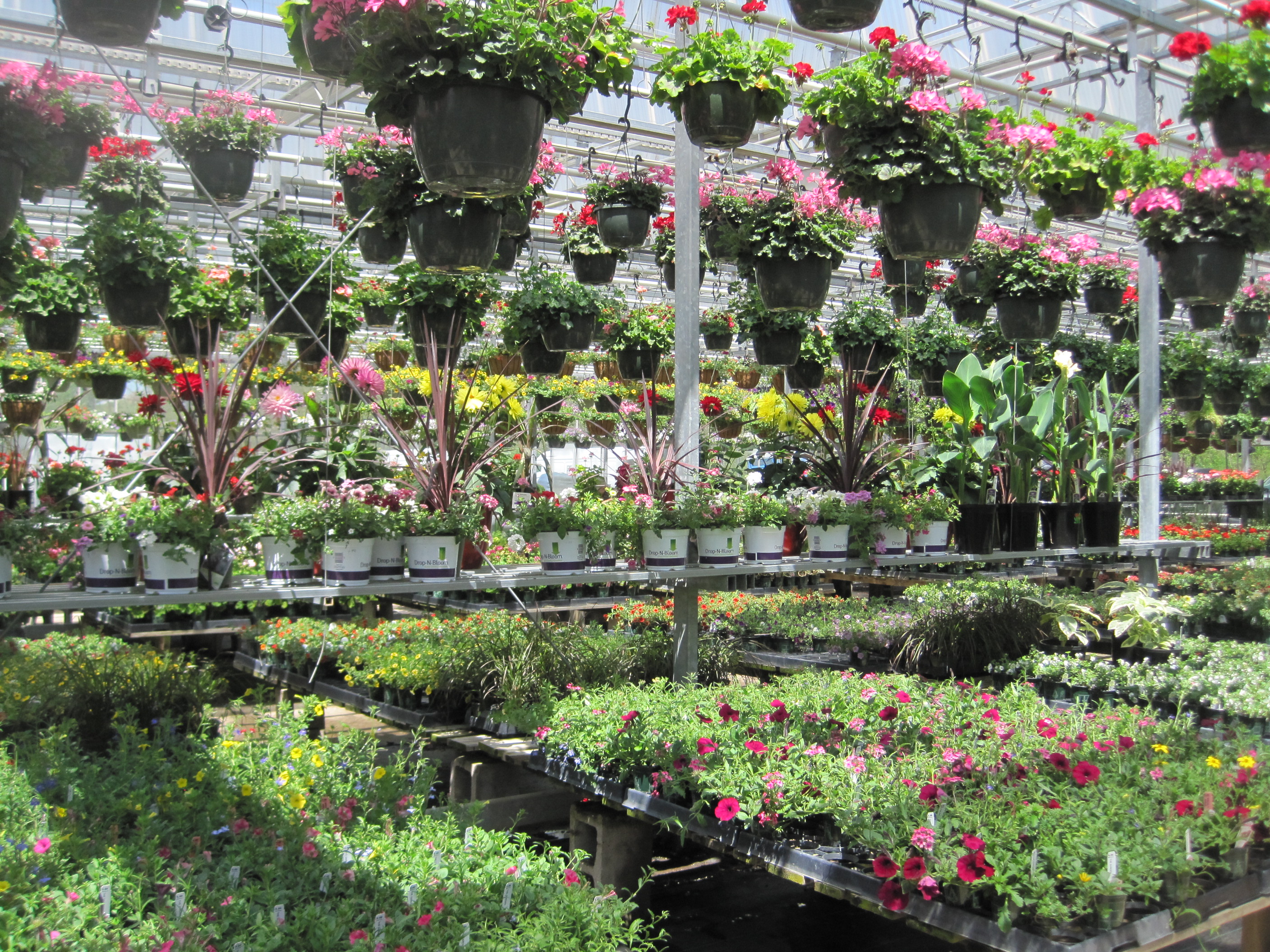
Preparing Your Greenhouse for a Hurricane
A hurricane gets its energy from the condensation of the water vapor of the tropical atmosphere in West Africa or the Southern Gulf of Mexico into droplets. Once rotation is initiated due to instability in the atmosphere, the latent heat is released and creates a huge wind force and precipitation potential.
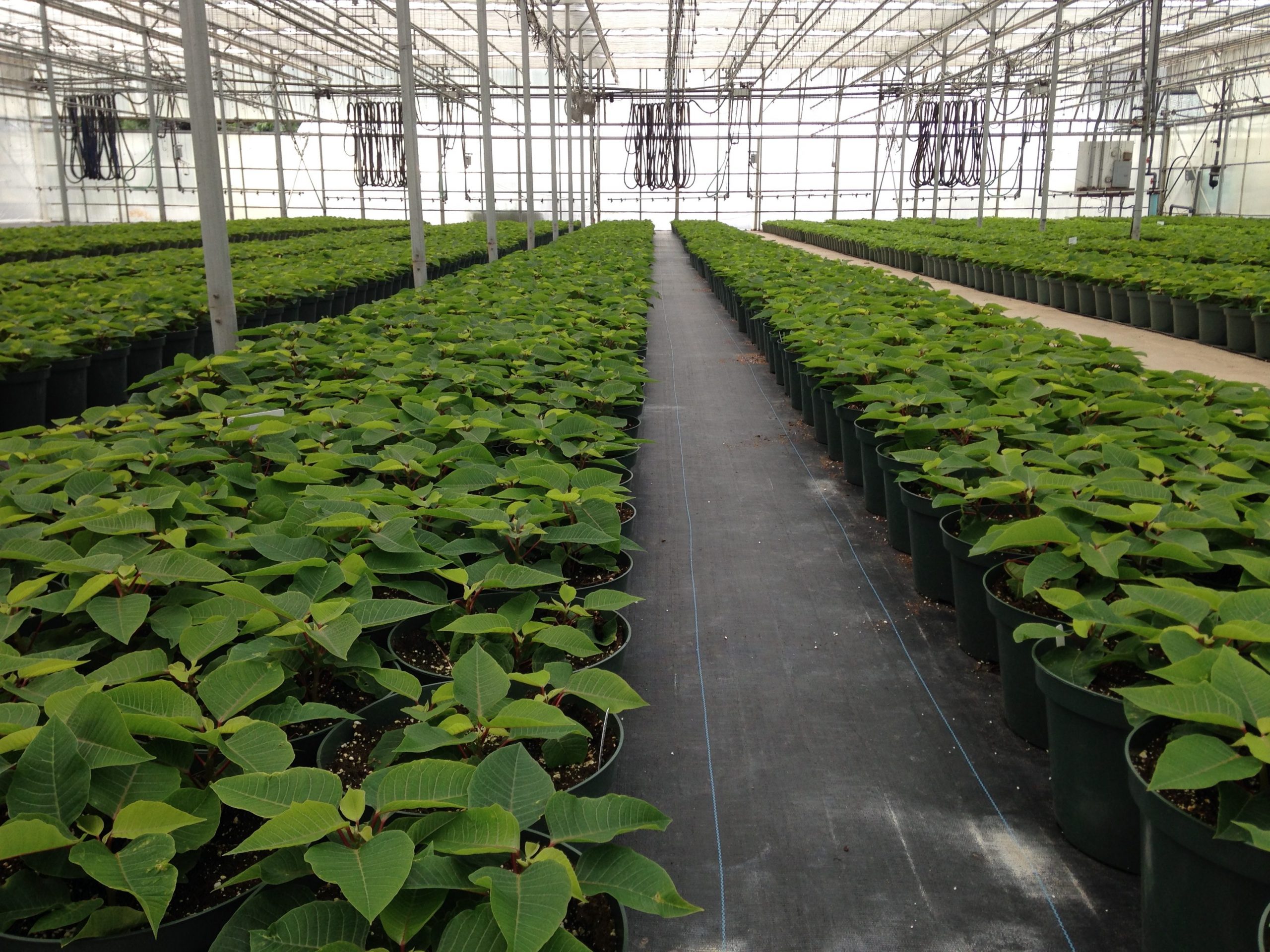
Wind Loads on Greenhouses
A hurricane gets its energy from the condensation of the water vapor of the tropical atmosphere in West Africa or the Southern Gulf of Mexico into droplets. Once rotation is initiated due to instability in the atmosphere, the latent heat is released and creates a huge wind force and precipitation potential.
Resources - Livestock and Horses
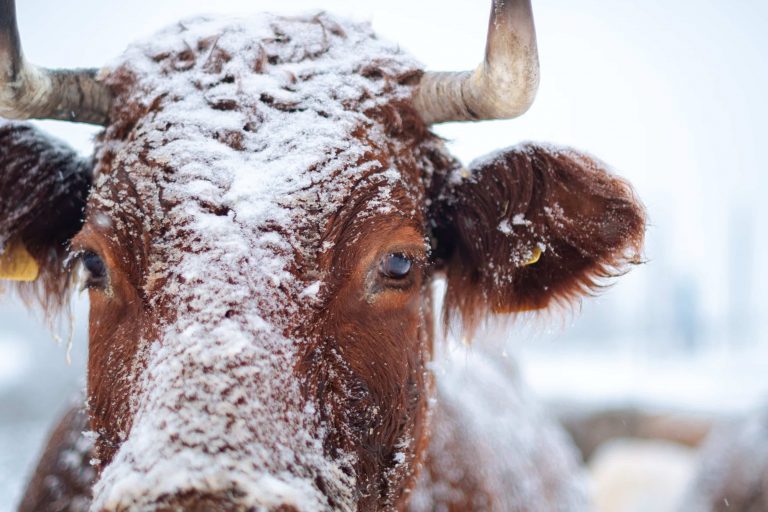
Extreme Weather Preparedness for Livestock Operations
Extreme weather poses a significant risk to animal operations. Keeping livestock and farm families safe requires preparation before an extreme weather event. Work closely with local service providers, including veterinarians and Extension specialists, to develop a comprehensive plan. Stay alert to changes in weather and take action early to prepare for weather emergencies. Preparing in advance can help to mitigate the negative effects of natural disasters.
Livestock Operations Extreme Weather Preparedness Fact Sheet
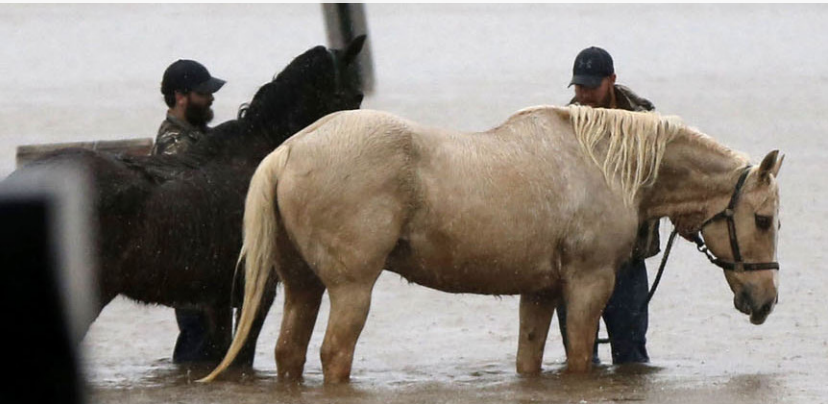
How to Prepare for Equine Disasters
We have all watched the evening news and seen horses stranded in floods or have heard about the latest barn fire in our communities. Every year, floods in the United States cause $2 billion in damage and animals risk death from hypothermia or drowning. Annually more than 300,000 people are driven from their homes by floods. An estimated 20,000 agricultural fires per year result in $102 million in direct property loss.
Storm Preparedness Series: How to Prepare for Equine Disasters Fact Sheet
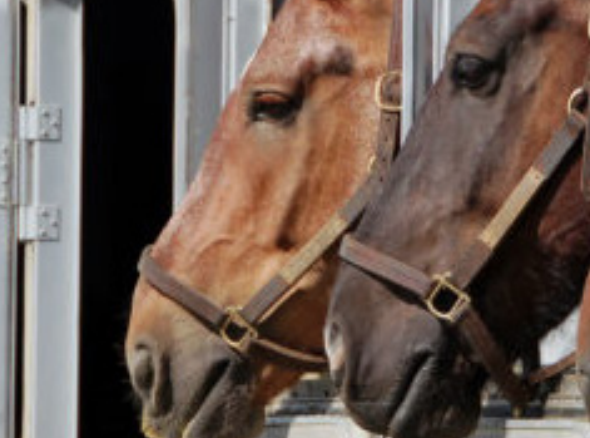
Safely Trailering and Loading Your Horse
In order to have a successful trip with your horse, there are some safety considerations involved. It is important to know how to safely load and trailer your horse. Unsafe trailering and loading can lead to accidents and health concerns.
Storm Preparedness Series: Safely Trailering and Loading Your Horse Fact Sheet

Fire Safety – Prevent, Prepare and Take Action
Fire safety may not be a thought on every horse owner’s mind, but it should be in order to prevent tragedy from occurring. It seems like every horse owner knows stories of horrific barn fires and you certainly don’t want to be the next one! The burning rate of loose straw is 3 times that of gasoline. The burning time of a 12’ by 12’ stall is approximately 90 seconds. You have 30 seconds to get a horse from a stall after the stall ignites, so start planning what to do NOW! There are three major aspects to fire safety: prevention, preparation for fire, and action to take when a fire occurs.
Storm Preparedness Series: Fire Safety - Prevent, Prepare and Take Action! Fact Sheet
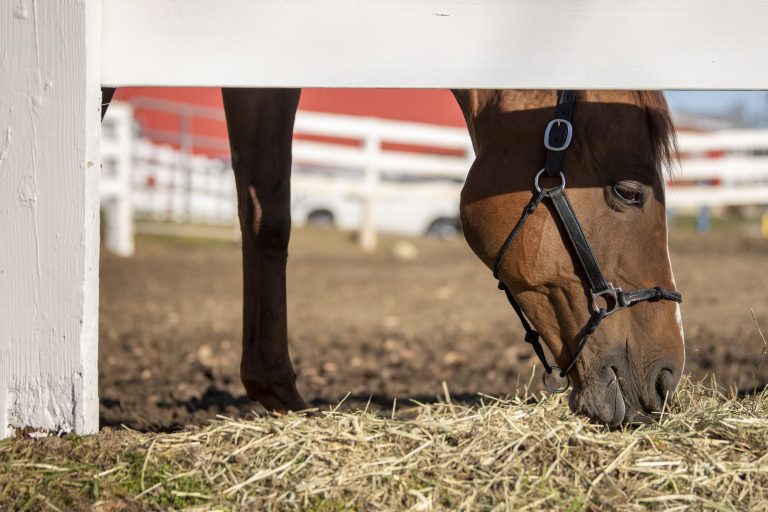
Flooding Preparedness for Horse Owners
Flooding is a year-round threat for horse owners and one of the most common ones that we face. There are two types of floods for equine owners to consider, influencing factors, and items needed in an equine disaster kit.